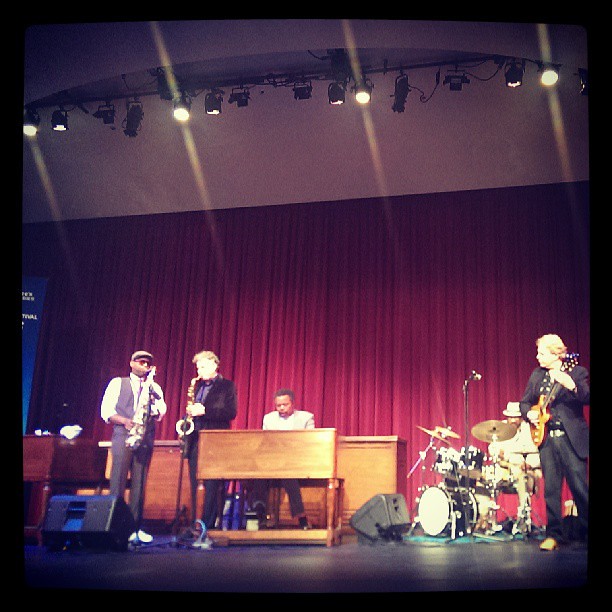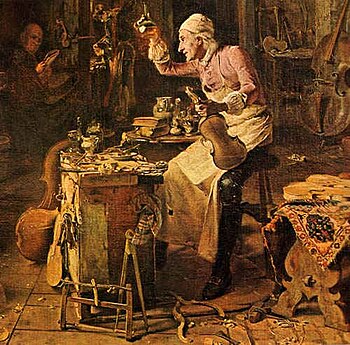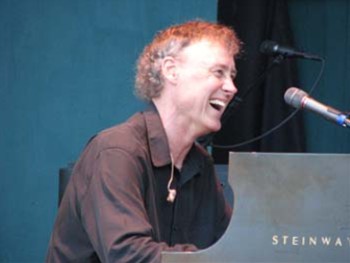 |
| Photo by Glyn Lowe Photoworks. |
Fado is a style of music that originated in Portugal in the early 1800's. Influences possibly came from the Moors, Arabia, and Africa, all of which the Portuguese had contact with. The Moors were North African Muslims who occupied Portugal and Spain from the 700's to the 1500's. They were eventually driven out by crusaders but left great influences in food, cooking, architecture and music.
Many North Americans have never heard of fado, not surprising since it's not being played on your local commercial radio station. Those that I've met and have had a chance to hear it usually fall in love with it. Musically, it's very pleasing to the ears and follows a predictable musical pattern. I think it has similarities to the Blues in America. Not so much in the harmonic chord progression of the 1, 1V, V that the blues is based on but the way the music itself came into existence and what it means and represents to its people and country today.The lyrical content of the Fado is usually about longing, lost love, hardships, the same things a blues song is usually about. Sonically it sounds much different.
I hated this music when I was a kid! Sitting in the back seat of my parent's car, being forced to listen to it, not understanding the lyrics, and it sounded so foreign next to the pop radio stations I listened to on my own time. I avoided it when I could and basically forgot about it as I grew up.
One day, in my 20's and off and away on the saxophone I heard a recording by the Portuguese jazz saxophonist Rao Kyao playing Fado music on his sax, no singing, just beautiful melodies played on a tenor. This put it in a whole new light for me. I guess I started to hear it differently since it was a sax speaking to me rather than some old Portuguese singer singing about stuff I couldn't understand, I could understand this though... Listen to Rao Kyao
The typical instrumentation is 2 Portuguese guitars which in Portuguese is called a guitara and 2 regular acoustic nylon string guitars which the Portuguese call a viola.
The biggest star of Fado was Amalia Rodrigues who died a few years ago but was active for most of the second half of the 20th century. She was known and appreciated internationally and brought the fado of Portugal to the world. There have been Plays and films written about her...
She also brought one of the great American tenor saxophonists into the studio with her group to lay some sax down on a few tracks. Don Byas was a contemporary of Coleman Hawkins and Lester Young, the great saxophonists of the early jazz swing era in America around 1940. But Byas moved to Europe, living in France, Holland, and Denmark in the mid 40's and remained there for the rest of his life. Fortunately, while in Portugal for a brief moment he was called into a studio session with the great Amalia and so history was made with one of the greatest American jazz tenor saxophonists together with the greatest Portuguese fado singer.
If you've never heard fado music, do yourself a favour and check it out!
*Note: For the complete article with audio samples go to JohnnyFerreira.com
Johnny Ferreira is an award-winning saxophonist, international touring and recording artist. Advocator of saxophone music that rocks, jumps, and swings. For more information, music, and articles including audio samples visit http://JohnnyFerreira.com Article Source: EzineArticles |














